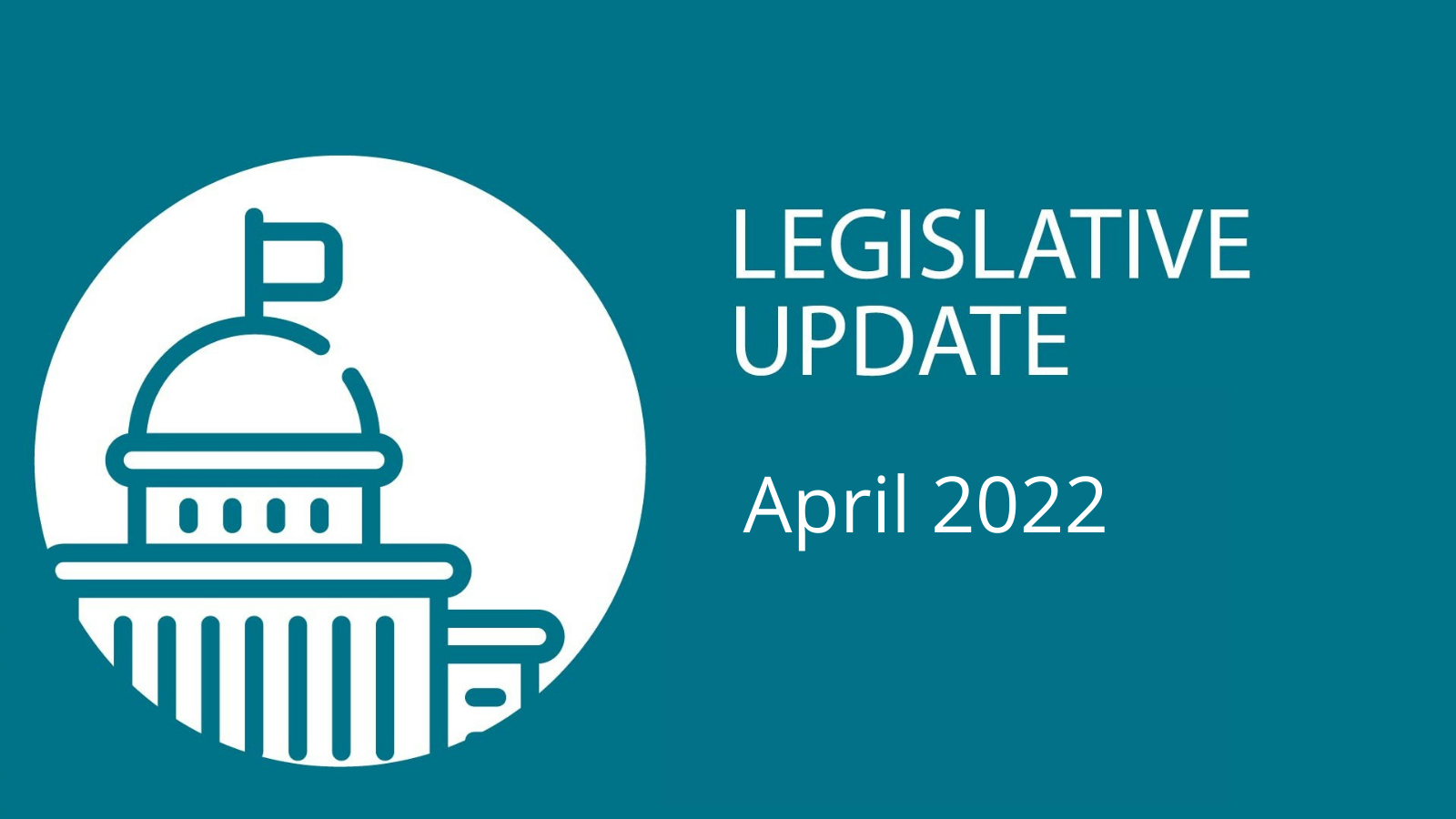This website uses cookies so that we can provide you with the best user experience possible. Cookie information is stored in your browser and performs functions such as recognising you when you return to our website and helping our team to understand which sections of the website you find most interesting and useful.
News
Senate Committee Advances Bipartisan Recycling Bills
On April 7, the Senate Environment and Public Works (EPW) Committee approved two bipartisan recycling bills by voice vote. The bills, supported by key industry sectors, aim to build on the new EPA recycling grant programs established in the Bipartisan Infrastructure Law (BIL) by requiring the agency to collect recycling and composting data and create new grants to help underserved communities’ access to recycling.
The “Recycling and Composting Accountability Act” (S. 3743), introduced by Committee Chairman Tom Carper (D-DE) and Sen. John Boozman (R-AR), and amended during markup, would require agencies to:
- Report on U.S. capability to implement a national composting strategy, including an evaluation of existing state, local, and tribal composting programs;
- Report on the total annual recycling and composting rates reported by all federal agencies;
- Prepare an inventory of public and private U.S. recycling facilities;
- Determine the number of domestic community curbside and drop-off recycling and composting programs;
- Determine the average cost to states, local governments, and tribes of recycling and composting programs;
- Collect state information on the nationally standardized rate of recyclable materials that have been successfully diverted from the waste stream;
- Develop a metric to determine the proportion of recyclable materials in commercial and municipal waste streams that are being diverted to maintain their highest values for as long as possible.
The “Recycling Infrastructure and Accessibility Act” (S. 3742), introduced by Ranking Member Shelley Moore Capito (R-WV), would create a pilot program for awarding grants to improve recycling accessibility, particularly in underserved communities. The funds could be used to increase the number of facilities that receive and consolidate recyclable materials and expand curbside recycling collection programs but would prohibit the use of grant funds for recycling education programs.
EPA Nominees Narrowly Advanced to the Senate Floor
The EPW Committee was deadlocked, in a 10-10 vote, on two EPA enforcement nominees that have been stalled for months. Senator Cynthia Lummis (R-WY) had blocked the nominations because of her opposition to an EPA regional haze policy that would have forced a Wyoming coal-fired power plant to close earlier than it otherwise would have, as well as other EPA air policies. Senate Majority Leader Chuck Schumer (D-NY) will have to file motions to discharge the nominations from the committee to the Senate floor.
If confirmed, Carlton Waterhouse would head the Office of Land and Emergency Management (OLEM), which is responsible for addressing the nation’s most toxic waste sites. He currently serves as deputy assistant administrator of that office. When he was a law professor, he specialized in environmental justice. His nomination has also met with opposition from Ranking Member Capito because of his views on the energy sector in particular and capitalism in general. Capito says his views would hinder his ability to “impartially consider stakeholder input and would unnecessarily politicize its mission of protecting public health from legacy pollution.”
President Biden nominated former federal prosecutor and environmental law professor David Uhlmann to be assistant administrator for Enforcement and Compliance Assurance, who also did not receive the support of Capito and other Republicans for his nomination. Capito said she could not support Ulmann’s nomination because EPA hasn’t been transparent, particularly about the Biden administration’s plan to meet emissions reduction goals..
TSCA Updates
On April 12, EPA published its proposed rule banning the ongoing use of chrysotile asbestos. Comments on the proposed rule are due by June 13, 2022. EPA proposes to prohibit the manufacture (including import), processing, distribution in commerce, and commercial use of chrysotile asbestos in bulk or as part of chrysotile asbestos diaphragms used in the chlor-alkali industry, and chrysotile asbestos-containing sheet gaskets used in chemical production.
The White House Office of Management and Budget (OMB) also completed its regulatory review of EPA ‘s Toxic Substances Control Act (TSCA) Section 8(a) Reporting and Recordkeeping Requirements for Asbestos proposal on April 15 after missing an April 14 settlement deadline. EPA could publish the court-ordered reporting rule as soon as this week. The measure is likely to cause disputes as the minerals sector push agencies to use a narrower definition of “asbestos” than the court required in the proposal, to impose a de minimis threshold opposed by environmentalists, and to provide up to a year for the first round of reporting.
On April 14, the EPA released its draft Integrated Risk Information System (IRIS) assessment of human health risks of exposure to formaldehyde. This began a comment period that is scheduled to run through June 13 and will be followed by a National Academy of Sciences (NAS) peer review. The risk assessment covers a range of cancer and non-cancer health effects, but links the chemical to myeloid leukemia, which was a key conclusion in its 2010 draft. EPA does not use this finding in its cancer risk estimate because of uncertainty in the modeling data, resulting in a risk value that is much less stringent than 2010 and very close to its last final review in 1991.
The finding has been a source of controversy due to a study that industry groups argue is fundamentally flawed and should be discarded. EPA’s draft has divided agencies in their reactions to IRIS’s methods. In comments written during an interagency review process, some praise the cancer analysis, while others caution that they believe the evidence for this link is weaker than the agency claims. In perhaps the most pointed comments, the White House Office of Management and Budget (OMB) echoed industry objections that no study has yet identified a mode of action (MOA) or biochemical mechanism by which inhaled formaldehyde could cause leukemia in an individual.


